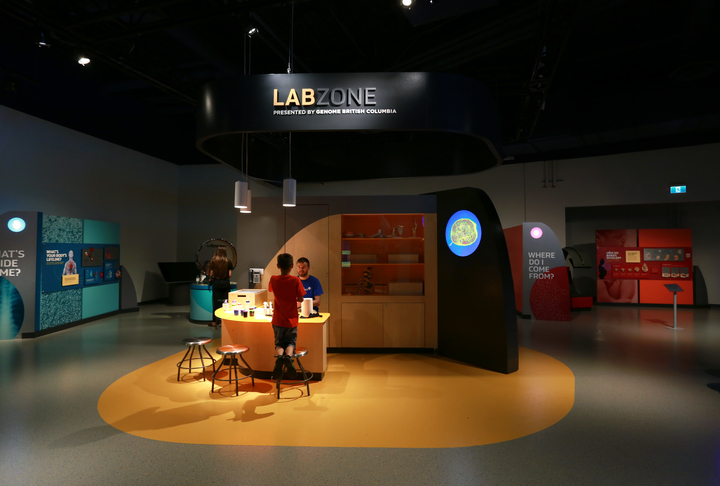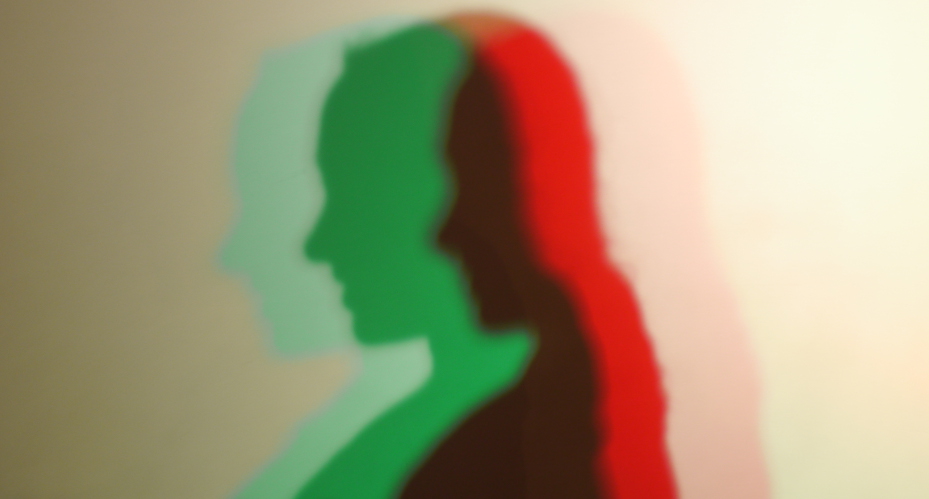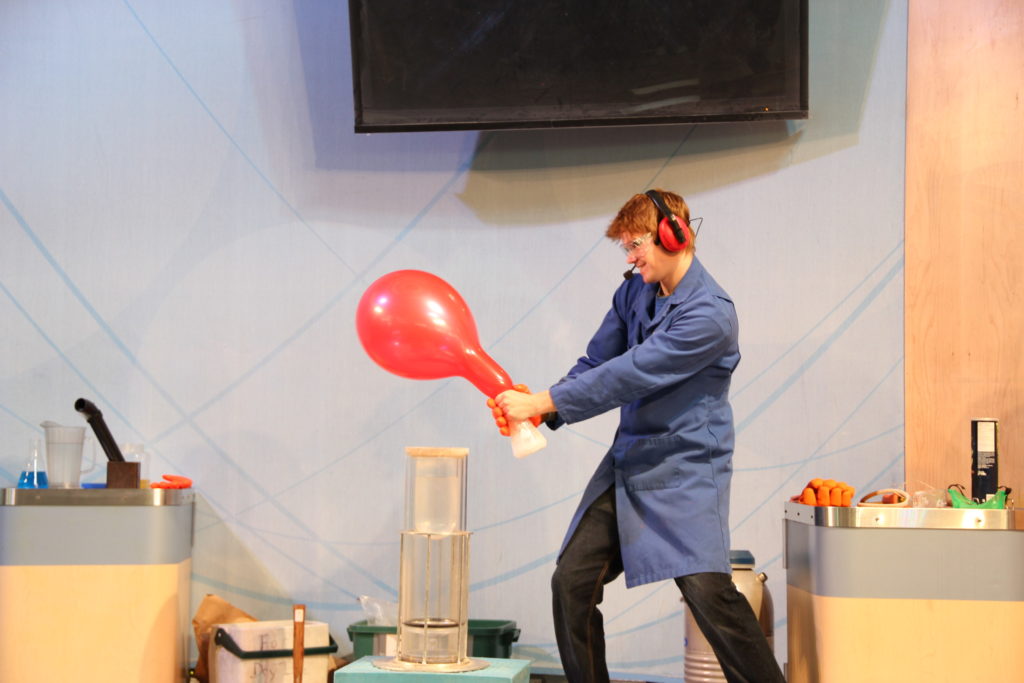In this investigation, students learn about wavelengths of light with a slinky demo and then get a chance to explore what things we can see (and not see) with black light!
The human eye can see the visible spectrum: violet through red. Different colours come from different wavelengths of light. Red light has a long wavelength, the distance from peak to peak is long. The peaks and valleys of orange and yellow wavelengths are closer together. In green and blue those peaks and valleys are closer still. Indigo and violet have the shortest wavelength.
UV light has a shorter wavelength than blue light; shorter than 380 nm, and is invisible to the human eye. UV light makes certain objects glow because the objects contain "phosphors" which absorb the energy from UV light then release it again as visible light.




